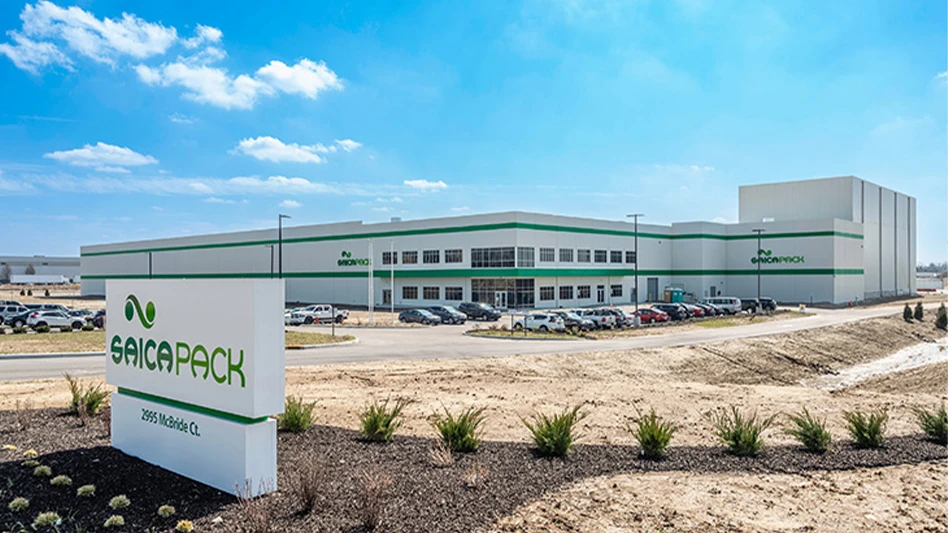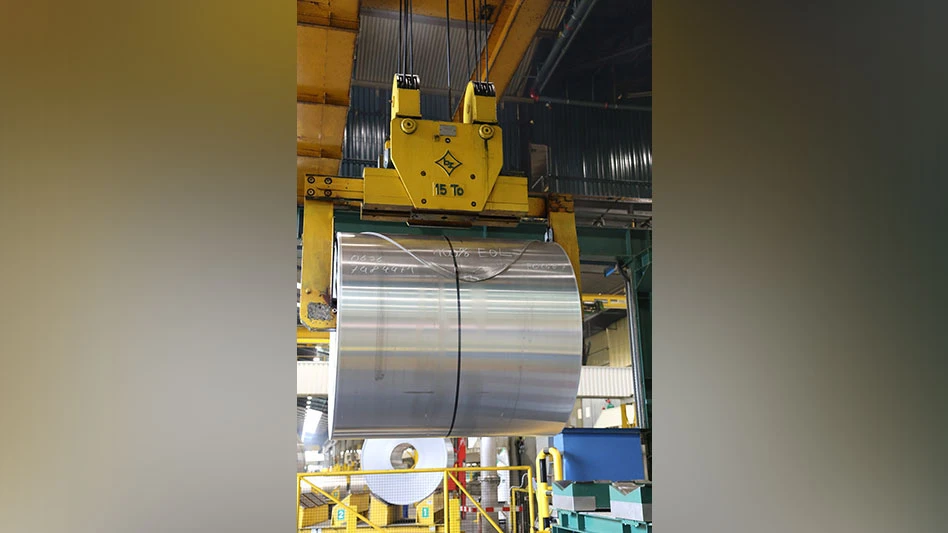
Photo courtesy of Rio Tinto plc
As one of the world’s largest mining, minerals processing and metals production companies, Rio Tinto, which has joint headquarters in London and in Melbourne, Australia, faces scrutiny when it comes to reining in its carbon footprint.
The company has taken numerous measures to pare back emissions and energy consumption in its traditional mining and primary metals operations. Additionally, Rio Tinto has invested to increase its recycling assets and activities to further demonstrate sustainable operations.
In North America, Rio Tinto’s recycling activity has taken several forms. One of its major moves was an investment in Matalco, a Canada-based producer of recycled-content aluminum with operations in the U.S. as well.
Feeding a hungry world
While global concern for carbon emissions drives policy decisions and investments, factors from urbanization and a rising middle class in some parts of the world to an energy transition in others mean aluminum demand is poised to increase in the years ahead.
Some of this demand will be met by recycling, says Tolga Egrilmezer, Rio Tinto’s Singapore-based head of sales and marketing.
“We expect demand for recycled aluminum to increase by more than 70 percent from 2022 to 2032 in the United States, and we remain committed to supporting the increase in demand,” he says.
Rio Tinto made a significant step toward that commitment last November, finalizing the transaction to take a 50 percent ownership stake in Matalco.
Matalco is one of the largest North American producers of recycled aluminum billet and slab products, operating six facilities in the U.S. and one in Canada. The plants have a combined annual production capacity of roughly 900,000 metric tons of recycled-content aluminum.
The Matalco melt shop network was created by Ontario-based Giampaolo Group, which has considerable access to aluminum scrap via its Triple M Metal network of scrap yards across North America.
“Investing in recycling is part of our drive to find better ways to deliver the low-carbon materials the world needs and provides a natural extension of our industry-leading primary aluminum business,” Rio Tinto Chief Executive Jakob Stausholm said when the Matalco joint venture (JV) was announced in July 2023.
“The Matalco [JV] combines the leading secondary aluminum producer with the leading primary aluminum producer in North America, and Rio Tinto will be responsible for marketing all Matalco products globally,” Egrilmezer tells Recycling Today. “This joint venture expands Rio Tinto’s value-added product portfolio.”
says several other avenues allow Rio Tinto to offer customers a full suite of aluminum products, including low-carbon primary aluminum made with hydropower, aluminum made without direct carbon emissions using Elysis technology and a diverse portfolio of recycled aluminum solutions.
Rio Tinto and U.S.-based Alcoa Corp. jointly announced the Elysis process in early 2018. At the time, the two companies said it was “a revolutionary process to make aluminum that produces oxygen and eliminates all direct greenhouse gas emissions from the traditional smelting process.”
The announcement did not mention recycled content as one of the attributes of Elysis-produced aluminum. Two years later, however, a joint announcement by Rio Tinto and Belgium-based AB InBev—one of the world’s largest users of aluminum cans—indicated the two firms had formed a global partnership “to deliver a new standard of sustainable aluminum cans.”
The initiative initially has focused on North America, and Egrilmezer says progress has been steady.
Québec received another recycling-related investment later that year when Rio Tinto announced a new aluminum recycling center in Arvida, in the same region, with an initial capacity of 30,000 tons per year. That facility is expected to be operational in 2025.
“An increase in capacity could be considered, depending on demand,” Egrilmezer says.
With Matalco’s production of 900,000 tons of recycled-content aluminum billet and slab, the importance of that transaction is hard to miss. “This will add approximately 45 percent capacity to Rio Tinto’s [total] North American aluminum marketing portfolio and almost double our portfolio of value-added products,” Egrilmezer says. “In addition, over the last five years, Matalco has more than doubled its production capacity, and there are opportunities for further growth.”
For Rio Tinto, those opportunities might not be limited to North America.
Sponsored Content
Labor that Works
With 25 years of experience, Leadpoint delivers cost-effective workforce solutions tailored to your needs. We handle the recruiting, hiring, training, and onboarding to deliver stable, productive, and safety-focused teams. Our commitment to safety and quality ensures peace of mind with a reliable workforce that helps you achieve your goals.
Sponsored Content
Labor that Works
With 25 years of experience, Leadpoint delivers cost-effective workforce solutions tailored to your needs. We handle the recruiting, hiring, training, and onboarding to deliver stable, productive, and safety-focused teams. Our commitment to safety and quality ensures peace of mind with a reliable workforce that helps you achieve your goals.
An undeniable trend
The factors boosting demand for recycled-content metal exist beyond North America and apply to other metals, according to Rio Tinto.
“Industries and customers are increasingly putting a value on materials’ carbon intensity, traceability, circularity, broader ESG [environmental, social and corporate governance] credentials, provenance and security of supply,” Egrilmezer says. “Rio Tinto has listened and is working to respond to that increased demand.”
recycled-content metals—seems to be on the table for Rio Tinto.
The Matalco partnership, Egrilmezer says, is fully aligned with its strategy to grow in materials needed for the energy transition. “Recycled aluminum emits approximately 5 percent of emissions versus primary production, and this market is expected to see strong growth in the coming years,” he adds.
carbon metal solutions to support our customers and end users in achieving their decarbonization goals is at the core of our commercial strategy.”
Those opportunities could well lie beyond North America and in the production of metals other than aluminum.
Get curated news on YOUR industry.
Enter your email to receive our newsletters.
Latest from Recycling Today
- Green Cubes unveils forklift battery line
- Rebar association points to trade turmoil
- LumiCup offers single-use plastic alternative
- European project yields recycled-content ABS
- ICM to host colocated events in Shanghai
- Astera runs into NIMBY concerns in Colorado
- ReMA opposes European efforts seeking export restrictions for recyclables
- Fresh Perspective: Raj Bagaria








